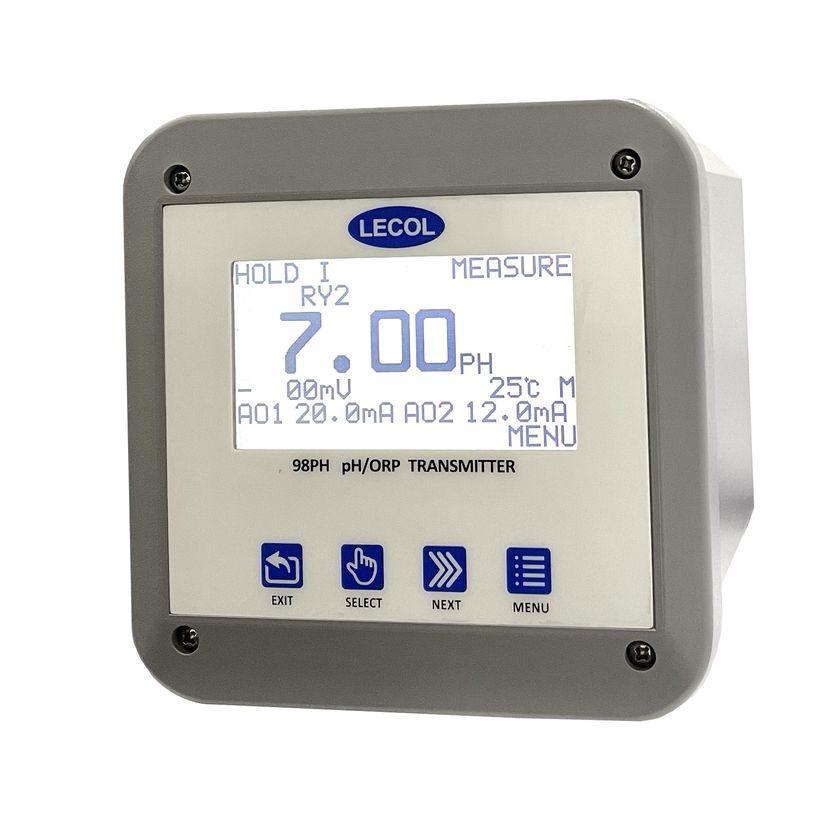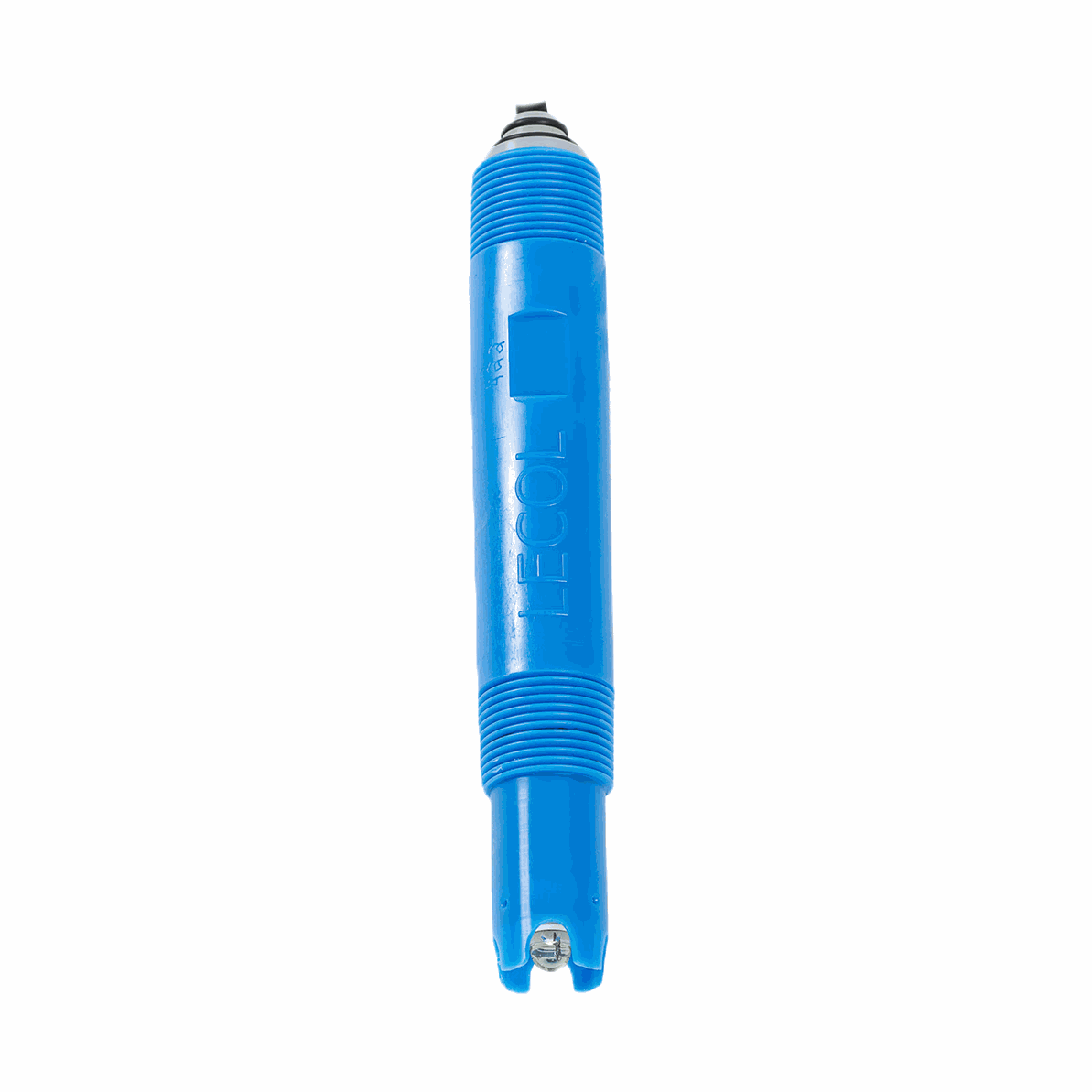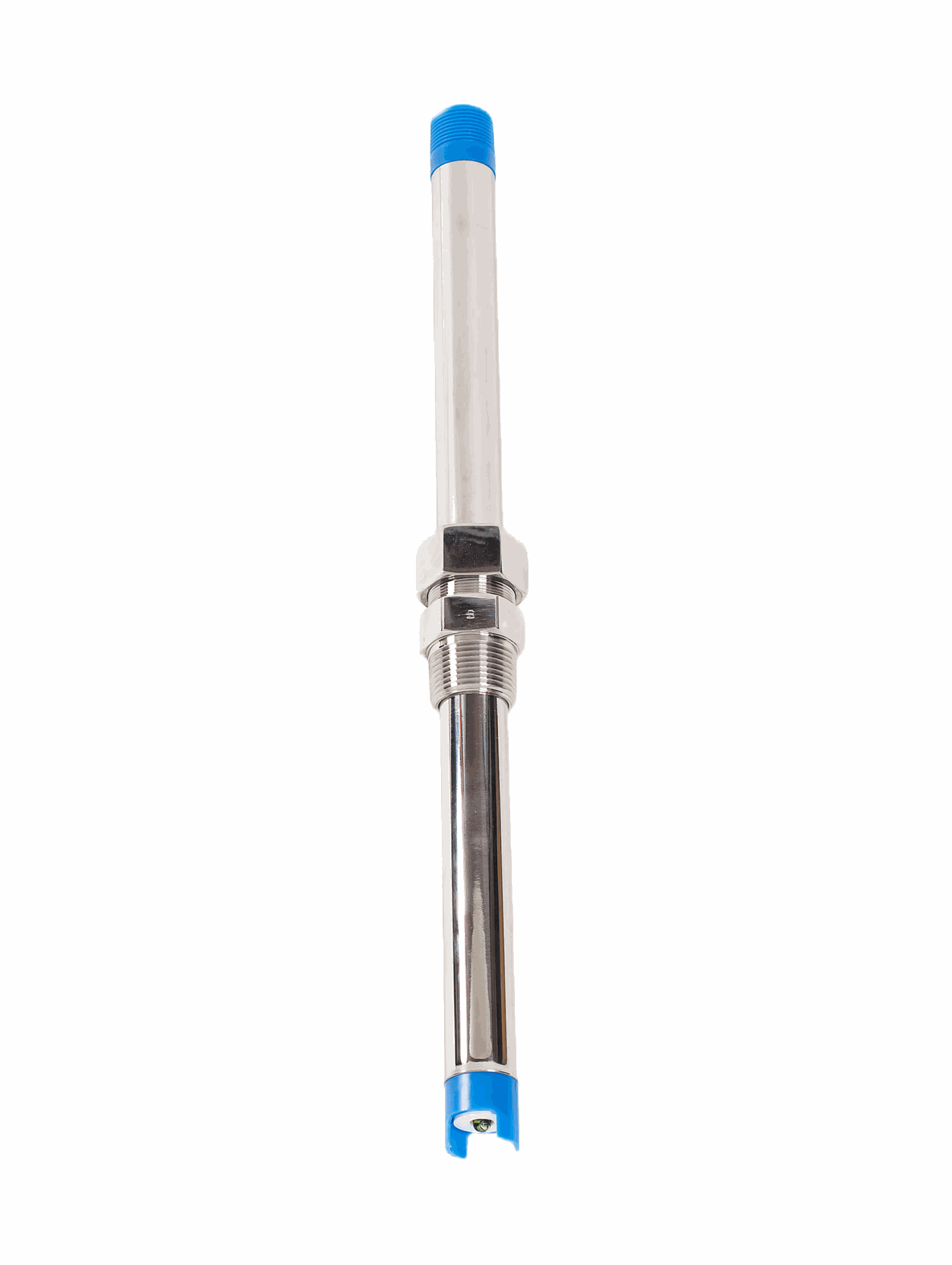Waste Water Treatment
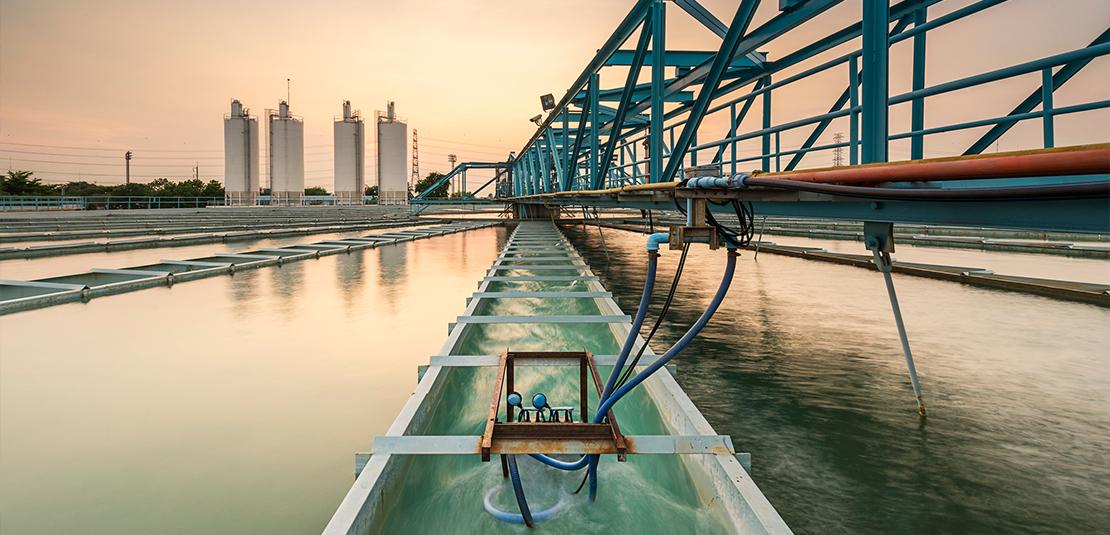
pH control is critical for wastewater discharge
Most of the water used by houses, industries, and businesses must be treated before being released into the environment. Without proper treatment of wastewater, the environment and human health may suffer. These impacts can include harm to fish and wildlife populations, oxygen depletion, beach closures, restrictions on fish and shellfish harvesting and contamination of drinking water.
The major goal of wastewater treatment is to remove as many of the suspended solids as possible before effluent, is discharged back to the environment. Brief descriptions of wastewater treatment methods are given below.
Water is treated at the primary level using screening, filtration, centrifugation, sedimentation, coagulation, gravity, and flotation methods. Normally, these methods are used when water is highly polluted.
- Coagulation
Sometimes, the suspended solids do not settle down under the sedimentation and gravity method and, hence, non-settable solids are allowed to settle by the addition of certain chemicals, this process is called as coagulation. Synthetic cationic, anionic and non-ionic polymers are effective. pH, temperature and contact time are most important controlling factors in the coagulation process. In biological treatment units, microbes and any organics floating in the water are removed by the addition of certain coagulants. It is the main component of wastewater treatment units and the applications include wastewater treatment, recycling, and removal of pollutants. pH sensors are typically submerged directly into each coagulation basin by means of a dip tube or pipe.
Tertiary water treatment technologies are very important in wastewater treatment strategy as these are used to obtain safe water for human consumption. The techniques used for this purpose are distillation, crystallization, evaporation, solvent extraction, oxidation, coagulation, precipitation, electrolysis, electro-dialysis, ion exchange, reverse osmosis and adsorption. Most government regulations will mandate final pH and conductivity values that must be monitored to ensure human safety.
- Oxidation
In chemical oxidation, organic compounds are oxidized into water and carbon dioxide or some other products such as alcohols, aldehydes, ketones and carboxylic acids which are easily biodegradable. Chemical oxidation is carried out by potassium permanganate, chlorine, ozone, H2O2, Fenton's reagent (H2O2 and Fe catalyst) and chlorine dioxides. The rate of chemical oxidation depends on the nature of oxidants and pollutants. Besides pH, temperature and presence of catalyst etc. also play a crucial role in the rate of chemical oxidation. By this method, pollutants such as ammonia, phenols, dyes, hydrocarbons and other organic pollutants may be removed.
- Precipitation
In precipitation the dissolved contaminants are converted into solid precipitates by reducing their solubilities and the precipitates are skimmed off easily from the water’s surface. It is effective for the removal of metal ions and organics but the presence of oil and grease may cause a problem in precipitation. The solubility of the dissolved pollutants is decreased either by adding some chemicals or by lowering the temperature of the water. Adding some organic solvents to the water may also reduce solubility of the contaminant but this technique is costly at a commercial level. These chemicals react with the soluble pollutants to form precipitates. The most commonly used chemicals for this purpose are alum, sodium bicarbonates, ferric chloride, ferrous sulphate and lime. pH and temperature are the main controlling factors for the precipitation process. The removal of about 60% of the pollutants can be achieved by the precipitation. The applications of this method include wastewater treatment from the nickel and chromium plating industries and water recycling. The specific applications include water softening and removal of heavy metals and phosphate from water.
REFERENCES
Arunima Nayak, Imran Ali, Shilpi Agarwal, Tawfik A. Saleh and Vinod Kumar Gupta , Chemical treatment technologies for waste-water recycling—an overview, RSC Adv. , 2012, 2 , 6380-6 388
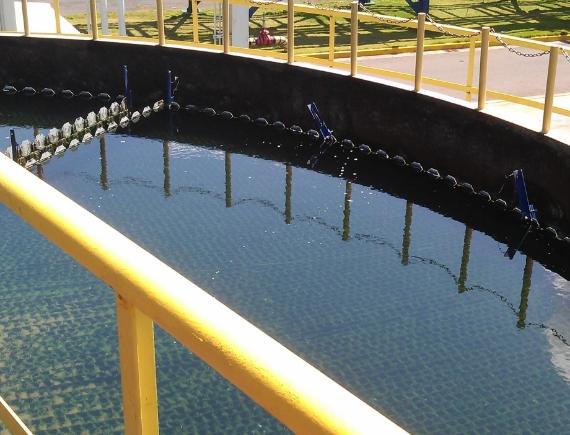
Product Recommendation
- 2-wire pH/ORP analyzer
transmitter model: 96PH
sensor model: B65 (inline style)
B75 (insertion style) - 4-wire pH/ORP analyzer
transmitter model: 98PH
sensor model: B65 (inline style)
B75 (insertion style)





